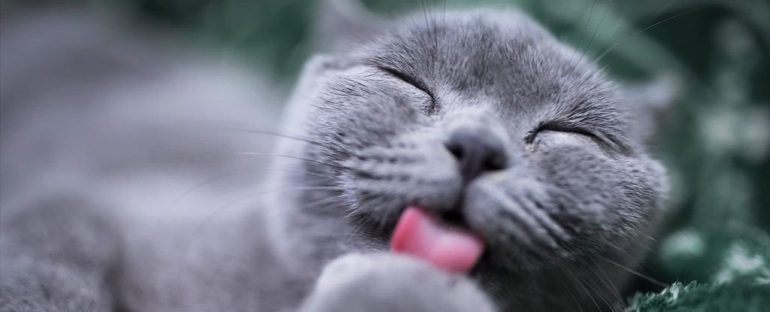Bacteria from healthy cats have been shown to produce antibodies with some impressive skin healing properties… in mice.
A new study on these properties indicates we could one day harness such antibodies to potentially treat infections on humans as well as other animals.
This approach is a type of bacteriotherapy – using ‘good’ bacteria known to provide various health benefits to help protect against ‘bad’ bacteria (or pathogens). It’s a balance that scientists are constantly getting new insights into.
Here, researchers used cat bacteria to protect against the methicillin-resistant Staphylococcus pseudintermedius or MRSP pathogen in mice: this bacterium is often found on domesticated animals, and can proliferate out of control when they’re sick or injured.
The results of the study suggest that good bacteria found on cats offer strong protection against MRSP – not just in mice, as was shown in this case, but potentially also in human beings who can pick up the good bacteria as well.
“It may even be possible that living with a healthy cat provides humans with some protection against MRSP,” says medical scientist Richard Gallo, from the University of California San Diego. “So this may be an argument in support of pet ownership.”
MRSP can jump between species – it’s been known to cause eczema in dogs, cats, and humans, for example. As you can tell from the “methicillin-resistant” part, common antibiotics don’t work on it, and it’s difficult to treat.
The team put together a library of bacteria normally found on dogs and cats, and then grew them alongside MRSP. This enabled them to identify a strain called Staphylococcus felis, which blocked MRSP growth.
It seems as though the multiple antibiotics naturally produced by S. felis are enough to disrupt the walls of MRSP cells, killing off the pathogen. Upon closer analysis, S. felis proved to be a very effective biological fighting machine.
“The potency of this [S. felis] species is extreme,” says Gallo. “It is strongly capable of killing pathogens, in part because it attacks them from many sides – a strategy known as polypharmacy. This makes it particularly attractive as a therapeutic.”
Tests with S. felis on mice that had been infected with MRSP showed a reduction in redness and the size of the infection. Further observation showed fewer viable MRSP bacteria left on the skin after treatment.
What’s more, this bacterium is especially effective against antibiotic resistance: it produces four distinct antimicrobial peptides, which work together to make it more difficult for the MRSP pathogen to fight back.
There’s still some way to go to get this working as a potential treatment for humans; as a next step, the researchers want to test their work in dogs.
But if the findings on S. felis can be developed into a protective product, the possibilities are endless – it could eventually be applied as a spray, cream or gel, and we don’t even have to be worried about accidentally washing it off the skin.
“Skin has evolved to protect the good bacteria, so soap and detergents don’t usually wash the good guys off,” says Gallo.
The research has been published in eLife.



